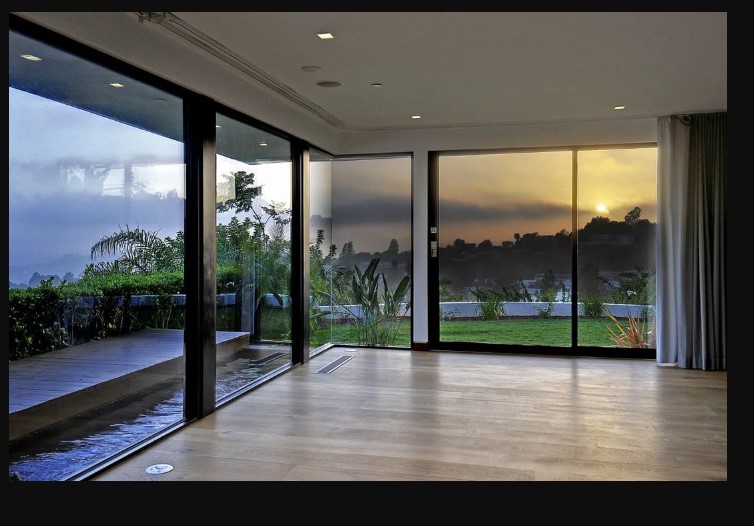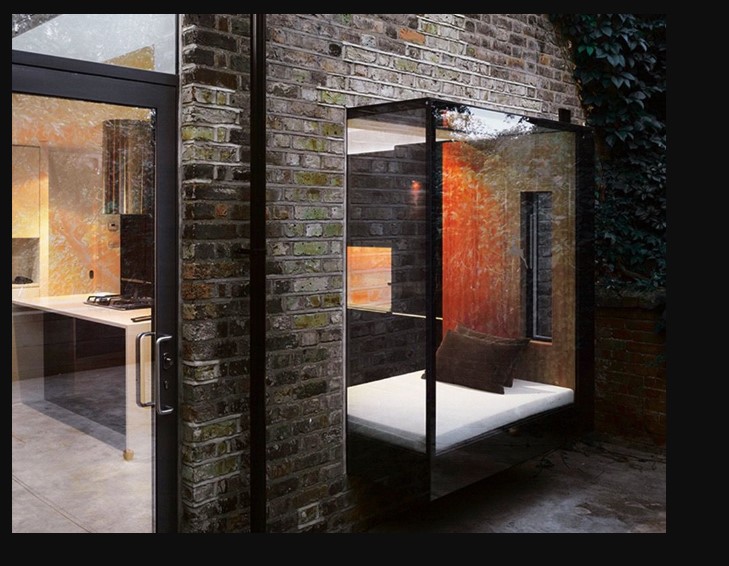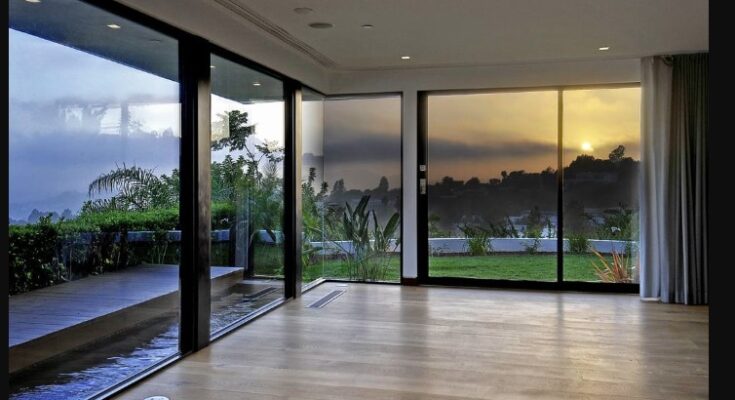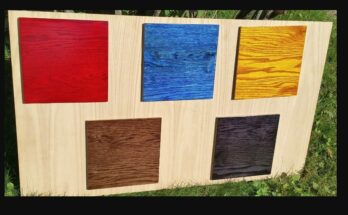In architecture and home improvement, the term “window reveal” might seem technical, but it’s an essential aspect that affects both the aesthetics and functionality of windows.
This article delves into what a window reveals, its importance, types, installation tips, and more.
Whether you’re a homeowner looking to renovate or an architecture enthusiast, this guide will provide a thorough overview.
Contents
- 1 Introduction to Window Reveal
- 2 Historical Background
- 3 Types of Window Reveals
- 4 Importance of Window Reveals
- 5 Materials Used
- 6 Installation Process
- 7 Maintenance Tips
- 8 Common Issues and Solutions
- 9 Design Considerations
- 10 Window Reveal in Modern Architecture
- 11 Cost Factors
- 12 DIY vs. Professional Installation
- 13 Energy Efficiency
- 14 Case Studies
- 15 FAQs
- 16 Conclusion
Introduction to Window Reveal

Window reveal refers to the visible part of the window frame that sits flush with the wall. It’s the area where the window meets the wall, and its design and construction play a critical role in its overall appearance and performance. Understanding window reveal is crucial for achieving any building project’s desired look and functionality.
Historical Background
Window reveals have been used in architecture for centuries, dating back to ancient civilizations. Initially, they were simple and functional, providing essential support for Windows. Over time, design and materials have evolved and been influenced by architectural styles and technological advancements. This section explores the historical development of window reveals and their transformation through the ages.
Types of Window Reveals

There are several types of window reveals, each suited for different architectural styles and purposes. Common types include:
- Flush Reveals: Where the window frame is flush with the exterior wall.
- Recessed Reveals: The window is set back from the outer wall surface.
- Projecting Reveals: The window frame projects outward from the wall.
Each type offers unique aesthetic and functional benefits, and the choice depends on the specific needs of the building design.
Importance of Window Reveals
The window reveal is not just an aesthetic feature; it also affects the window’s performance. It influences how the window integrates with the wall, impacts insulation, and can affect how light enters a room. Properly designed reveals can enhance a building’s energy efficiency, sound insulation, and overall durability.
Materials Used
Window reveals can be constructed from various materials, including:
- Wood: Offers a traditional look and sound insulation properties.
- Metal: Durable and modern, often used in commercial buildings.
- PVC: A versatile and cost-effective option with good insulation.
- Composite Materials: Combines the benefits of different materials for enhanced performance.
The choice of material affects the reveal’s durability, maintenance requirements, and aesthetic appeal.
Installation Process
Installing a window reveal involves several steps to ensure proper fit and function:
- Measurement: Accurate measurement of the window opening.
- Preparation: Preparing the wall and window frame.
- Fitting: Install the window and secure it.
- Sealing: Ensuring a weather-tight seal around the window.
Professional installation is recommended for best results, though experienced DIYers can also tackle the task with the right tools and knowledge.
Maintenance Tips
Proper maintenance of window reveals ensures longevity and optimal performance. Tips include:
- Regular cleaning to prevent dirt buildup.
- Inspecting for damage or wear and repairing promptly.
- Re-sealing as needed to maintain insulation and weatherproofing.
Consistent maintenance helps prevent common issues and prolongs the life of the window.
Common Issues and Solutions
Common issues with window reveals include drafts, moisture intrusion, and structural damage. Solutions often involve:
- Re-sealing gaps or cracks.
- Repairing or replacing damaged materials.
- Improving insulation around the reveal.
Addressing issues early can prevent more significant problems and maintain the window’s performance.
Design Considerations
Designing a window reveal involves considering the building’s architectural style, functional requirements, and aesthetic preferences. Key considerations include:
- The type of reveal is suitable for the building.
- Material choice is based on performance and appearance.
- Integration with other architectural elements.
A well-designed reveal enhances both the functionality and look of the window.
Window Reveal in Modern Architecture
In modern architecture, window reveals are often used to create clean lines and seamless transitions between the window and wall. This section explores contemporary designs and how they contribute to modern aesthetic and performance standards.
Cost Factors
The cost of the window reveals depends on several factors:
- Material choice.
- The complexity of design.
- Installation method (DIY vs. professional).
Understanding these factors helps in budgeting and planning for window installation projects.
DIY vs. Professional Installation
Deciding between DIY and professional installation involves weighing the pros and cons:
- DIY: Cost-effective but requires skill and tools.
- Professional: Higher cost but ensures quality and compliance with building codes.
This section guides on making the best choice based on individual circumstances.
Energy Efficiency
Properly designed window reveals can significantly improve a building’s energy efficiency. This involves:
- Choosing insulating materials.
- Ensuring a tight seal around the window.
- Considering the reveal’s impact on natural light and heat transfer.
Energy-efficient reveals contribute to lower energy costs and a more comfortable living environment.
Case Studies
Examining case studies of successful window reveal installations provides practical insights and inspiration. This section highlights various projects, detailing the design choices, challenges faced, and outcomes achieved.
FAQs
1. What is a window reveal?
A window reveal is the visible part of the window frame that sits flush with the wall, affecting the window’s appearance and performance.
2. Why are window reveals important?
Window reveals impact the window’s integration with the wall, insulation, and aesthetic appeal, influencing overall building performance.
3. What materials are used for window reveals?
Common materials include wood, metal, PVC, and composite materials, each offering different benefits.
4. Can I install Window Reveals myself?
With the right skills and tools, DIY installation is possible, but professional installation is recommended for best results.
5. How do window reveals affect energy efficiency?
Properly designed reveals improved insulation, reduced drafts, and enhanced energy efficiency.
Conclusion
Understanding window reveals is essential for anyone involved in building or renovating a home. They play a crucial role in both the functionality and aesthetics of windows, impacting everything from energy efficiency to the overall look of a building.
By considering the type, material, and design of window reveals, you can ensure optimal performance and satisfaction with your windows.
If you gained new insights from this article, explore our blog, Gimkit, for more enlightening content.



